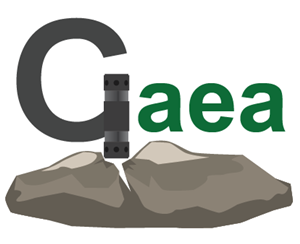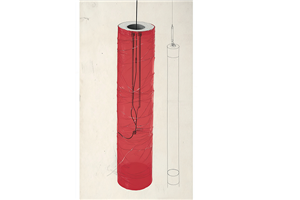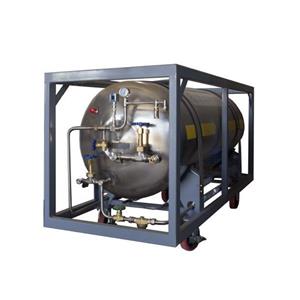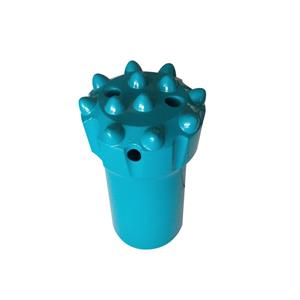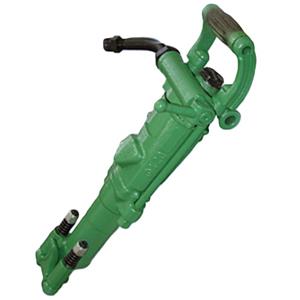Want threaded button bits to last longer? These critical details 90% of people overlook
Threaded button bits are increasingly used across mining, rail, hydropower and geological work for good reasons: they break rock efficiently, eliminate bottom‑of‑hole blind spots, reduce re‑crushing of cuttings, and produce coarser rock powder that improves safety on site.
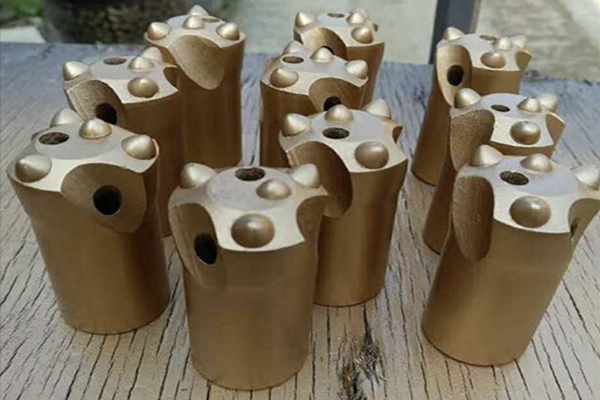
A bit’s service life depends on many factors — not only its structure, material and manufacturing quality, but also rock properties, rig type, hydraulic settings, regrinding practices and operator skill. Below are practical ways to extend life, organized around four core areas.
Bit body material: choose the right foundation Button bits directly contact and break rock, so they endure huge impact loads and abrasive wear. The steel used for the bit body must therefore meet specific requirements:
Good dimensional stability and machinability.
High fatigue strength, wear resistance and good air‑quench hardenability.
Under heat treatment, a combination of high plasticity, toughness and hardness.
When used with fixed carbide buttons, the material must have a suitable coefficient of linear expansion, stable tempering behavior and high physical strength to ensure secure button retention.
Sufficient high‑temperature strength and thermal stability to maintain retention strength during use.
Choose a high‑quality alloy steel with good thermal expansion properties, rigidity, toughness, machinability and heat‑treating performance.
Product design: smart design reduces failures The most common failure mode for button bits is breakage and loss of edge buttons. Design should focus on:
Reinforcing edge buttons: select the correct tooth profile, button diameter, exposed button height and wall thickness.
Controlling edge button inclination: generally 30°–35° is recommended.
Optimizing tooth count: increase the number of edge or inner buttons where layout allows.
Material matching: use tougher cemented carbide for edge buttons.
Precise interference fit control: choose the correct press‑fit (interference) amount for button retention.
System optimization: arrange buttons rationally, improve the cuttings evacuation system to reduce re‑crushing, strengthen the bit body and enhance wear resistance.
Manufacturing process and quality control: details determine durability
Advanced processes: use proven methods such as hot‑setting for button installation and zinc spray coating inside the tapered hole of the bit body to improve base quality.
Full‑process quality control: inspect every production step rigorously and periodically calibrate test instruments to keep inspection results reliable.
Strengthen key stages: adopt advanced heat‑treating processes and equipment to stabilize hardness and impact resistance; during press‑fit installation, measure and grade each button hole and carbide button, then match them to ensure interference values stay within acceptable limits to prevent button loss.
Selection and use: proper handling lengthens life (1) Choose the right bit Because rock conditions vary widely, select bit specifications that match the rock and the rig; the button profile must suit the rock type.
(2) Correct removal and regrinding
Removal: never strike the bit with a hand hammer. Use a proper extractor to avoid swelling, cracking of the body or shaft breakage.
Regrinding: generally no regrind is needed in soft to medium‑hard rock. In highly abrasive rock on the bit face, regrind once the carbide buttons have worn back to about two‑thirds of their original diameter to reduce surface cracking and prevent crack propagation.
(3) Standard operating points Operators must master correct drilling techniques:
Start holes with slow feed; only go to full speed after the bit has engaged the formation to avoid “dry‑firing” of some buttons against hard rock.
When making up drill rods, ensure the drill sleeve and bit tail are concentric and that threads are fully engaged.
When seating or jamming the bit, slightly close the air inlet, open the water supply, advance slowly with repeated back‑and‑forth motions to smooth the hole wall and avoid hammering the tool.
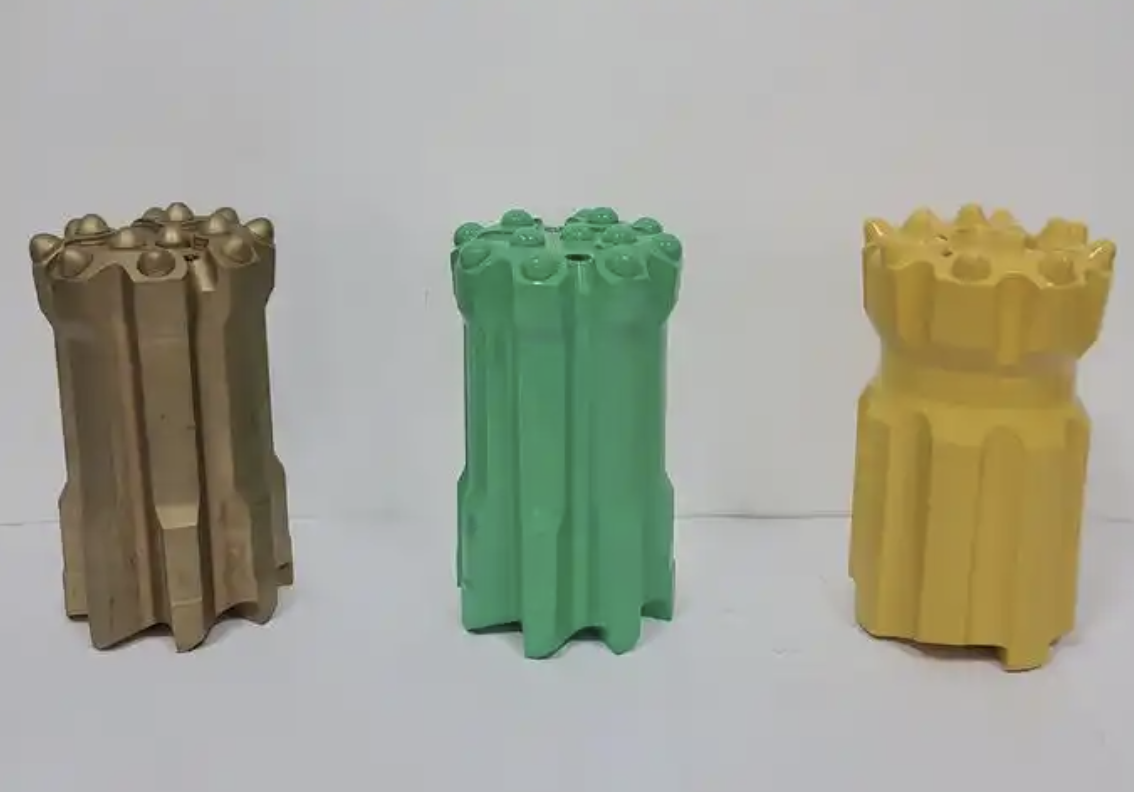
Extending the life of threaded button bits requires controlling every step — from material selection and design to manufacturing and field operation. Only by getting each detail right can the bits deliver maximum value in the field, cut production costs and improve efficiency.
